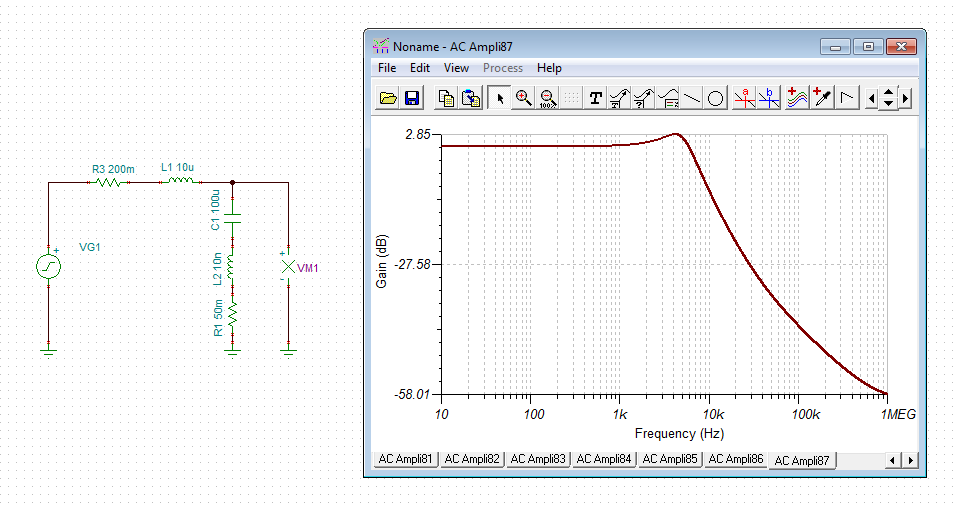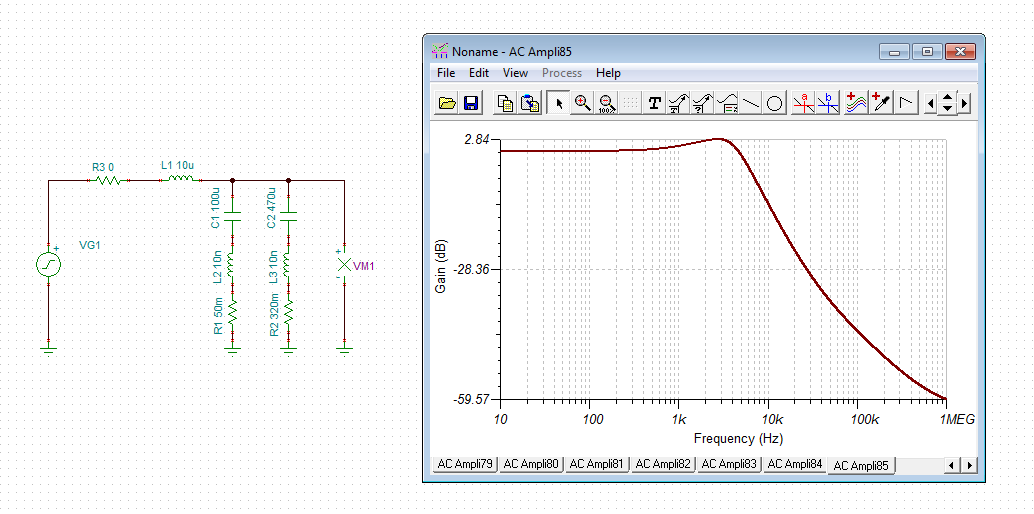Other Parts Discussed in Thread: TPS74901, , TINA-TI
Hi
My Customer has question.
Customers are considering replacing TI 's LDO. (TPS7A83A & TPS74901)
LDO.pdf
I confirmed the circuit specification of the latter stage and confirmed that very large Capacitance was implemented.
Also, reducing this output capacity is impossible because of load demand.
The above 2Devices has no upper limit of the output capacity, but can this be replaced by this circuit specification?
Best Regard
T Kishi




